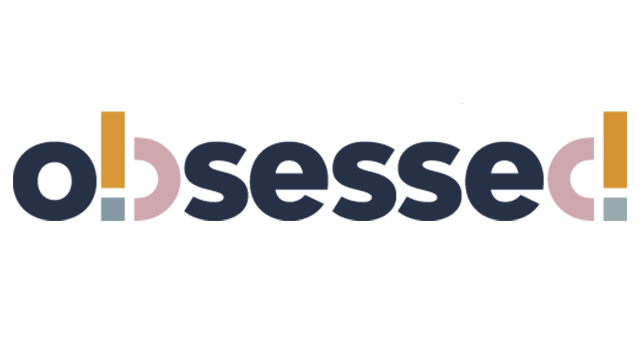
The Evolution of AI in Graphic Design: A Tool for Efficiency, Not a Replacement for Creativity
In the ever-evolving landscape of graphic design, Artificial Intelligence (AI) has emerged as a powerful tool, enhancing efficiency and streamlining processes. However, it’s crucial to understand that AI is not a replacement for human creativity and taste, but rather a complement to the designer’s skillset.
The Integration of AI in Design Tools
AI has been quietly integrating into graphic design software for years. Features like Adobe Photoshop’s Content-Aware Fill or Illustrator’s Image Trace are early examples of AI at work in the design process. These tools have been helping designers work more efficiently, allowing them to focus on the creative aspects of their projects.
As AI continues to advance, we’re seeing more sophisticated applications. Tools like Canva’s Magic Resize or Adobe Sensei’s auto-tagging features are pushing the boundaries of what’s possible in terms of automation and assistance in the design process.
The Human Element: Taste and Ideas
While AI can generate countless variations and automate repetitive tasks, it lacks the human element of taste and the ability to conceptualize ideas within cultural and emotional contexts. The essence of great design often lies in its ability to evoke emotions, tell stories, and connect with audiences on a human level – something that AI, in its current form, cannot replicate.
A designer’s taste, developed through years of experience, cultural exposure, and personal growth, is what sets apart good design from great design. AI can suggest color palettes or layout options, but it can’t understand the nuanced preferences of a target audience or the subtle implications of design choices in different cultural contexts.

The Importance of the Human Touch
The designer’s role in the AI era is evolving, still. Designers are becoming curators and directors of AI-generated content, using their expertise to guide the AI tools and select the most appropriate outputs. This human involvement is crucial in maintaining the integrity and effectiveness of design work.
Moreover, the initial conceptualization of a design project – understanding the client’s needs, brainstorming ideas, and developing a creative strategy – remains a distinctly human process. AI can assist in executing these ideas, but it can’t replace the creative spark that ignites a truly innovative design concept.
AI as a Tool for Efficiency
Rather than viewing AI as a threat, designers should embrace it as a tool for enhancing efficiency. Automating time-consuming tasks like image resizing, color correction, or layout adjustments frees designers to focus on their work’s more creative and strategic aspects.
This increased efficiency can lead to more time for experimentation, refinement, and client interaction – all crucial elements in producing high-quality design work.
The Importance of Who’s Behind the Tools
As we integrate AI more deeply into the design process, it’s crucial to consider who is developing these tools. The biases, perspectives, and priorities of AI developers can significantly influence the outputs of these tools. As such, it’s important for the design community to be involved in the development and refinement of AI design tools to ensure they meet designers’ real needs and maintain ethical standards.
Conclusion
AI in graphic design is not a replacement for human creativity but a powerful tool for enhancing efficiency and expanding possibilities. The future of design lies not in choosing between human creativity and AI, but in finding the perfect balance between the two.
As we move forward, the most successful designers will be those who can harness the power of AI to enhance their work while maintaining the human touch that makes design truly impactful.
After all, at its core, design is about communication and connection – fundamentally, human experiences that require human insight and creativity to resonate truly.








